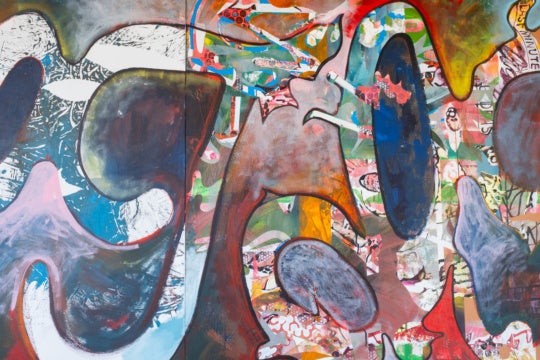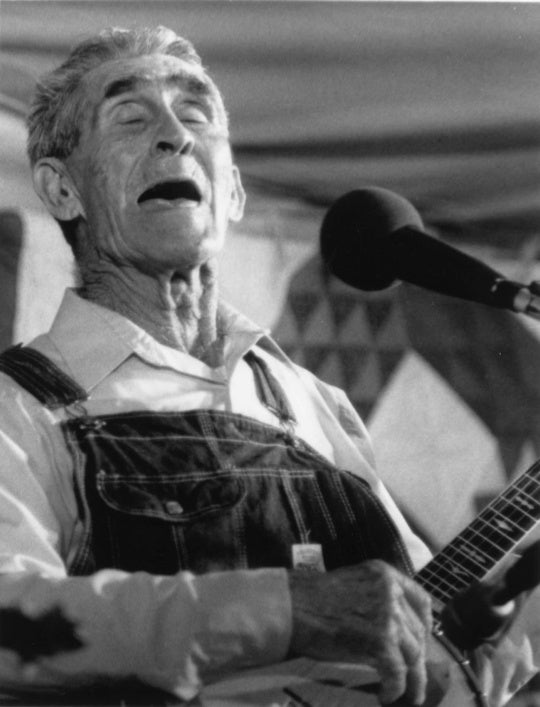Beginning in April, PBS will air “Civilizations,” its reboot of the 1969 BBC epic “Civilisation” that looks at the impact of art on the evolution of human culture. The original BBC series, hosted by art historian Kenneth Clark, was one of the first major series ever broadcast on the American network and became a cross-cultural phenomenon. Also produced with the BBC, the 2018 reboot, accompanied by the soothing baritone of actor Liev Schreiber, features nine episodes and tells the story of art from the dawn of human history to today. Episodes are not strictly chronological, however, as continuous themes are woven together across epochs. Contemporary artist (and Obama portraitist) Kehinde Wiley appears in the same episode as Praxiteles’s Aphrodite of Menophantos, for example, to demonstrate that “it’s by challenging the tradition of classical art that much of the modern art of the body draws its power.” Other contemporary art juggernauts such as Damien Hirst, Antony Gormley, El Anatsui, and Kara Walker also receive screen time.
The new “Civilizations” harbors a more introspective view than its 1969 counterpart, though both were produced during times of monumental societal change. Almost fifty years after the original series aired, the need to defend the value of art to human civilization is arguably more urgent than ever. Harvard history professor Maya Jasanoff offers the best explanation for this in the first episode: “Art is one of the only ways of seeing humans as distinctly different from the rest [of the animal kingdom].”
The first episode begins with a sort of cris de coeur, with footage of the 2015 ISIS-led destruction of ancient artifacts from Palmyra, Syria, and the chilling story of the public beheading of Khaled al-Asaad, the 82-year-old director of the Palmyra Museum, who refused to disclose where the museum’s more valuable artifacts were stored. The upshot is that the term “civilization” can be hard to define in and of itself, but is easy to distinguish in the “shock of its imminent loss,” Al-Asaad’s death being an extreme example of the importance some people place on protecting these artifacts of human creative imagination.
The contemporary context in this 2018 version provides a new perspective, now more firmly seated in the postmodern era of art than the original and with an expanded arsenal of art historical research. There still remains, however, a cognitive dissonance between our access to information on all facets of the human condition and the visibility of all societal groups represented in art, an idea that the series tries to tackle as one of its main themes. In the episode titled, “How Do We Look?,” Jasanoff concludes that there still very much exists “unexamined assumptions about what constitutes … something of value,” something that was not as prevalent at the dawning of institutional critique, in which the original series debuted.
Five episodes will air on Tuesdays in April and May (listed below), with four more to come in June:
The Second Moment of Creation (April 17) – Seventy thousand years ago, the first known examples of humans expressing themselves creatively were simple, abstract etchings. Over tens of thousands of years, this impulse evolved into painted and sculpted depictions of the animal world…and eventually of the human form itself.
How Do We Look? (April 24) – From the Terracotta Army of China to the Colossi of Ramses II in Egypt, the human form has been a dominant subject for artists throughout history. Each civilization and era, however, sees the meaning of this art differently.
God and Art (May 1) – Spiritual devotion has inspired some of the most spectacular works of art the world has ever seen, raising challenging questions about the relationship between humans, the divine and the act of creating.
Encounters (May 8) – As the technological advances of the late 15th century sent human beings around the planet further and faster than ever before, distant and disparate cultures began to meet for the first time. As a result, art became the great interface by which civilizations judged and understood each other, and continues to be a potent force in shaping our increasingly globalized world.
Renaissances (May 15) – The burst of artistic advancement known as the Renaissance in the 15th and 16th centuries was not confined to Italy and Europe; at this same time, the Islamic Empires were experiencing their own explosion of creativity, with artists in the east and west competing with and influencing each other.




